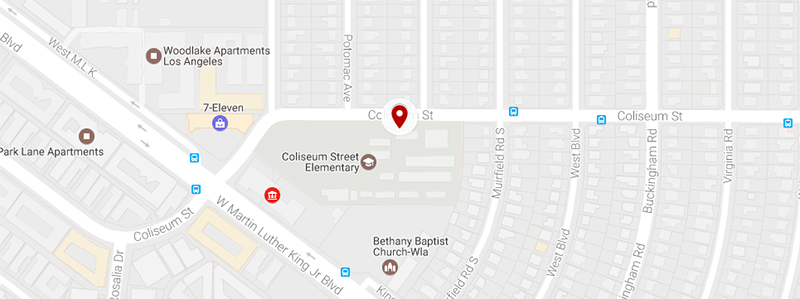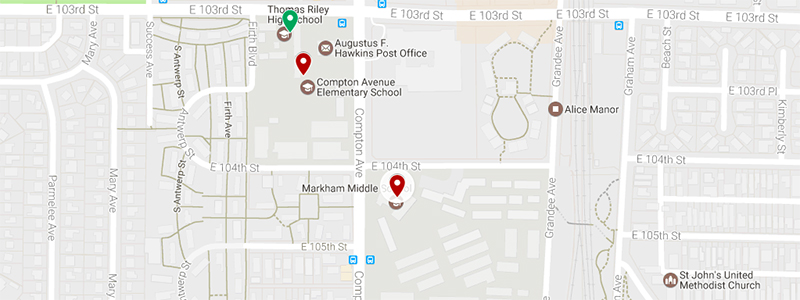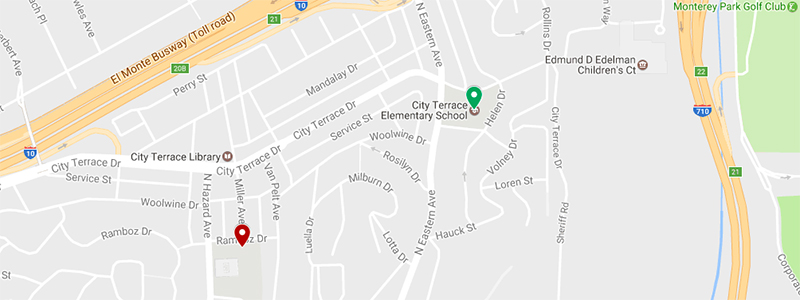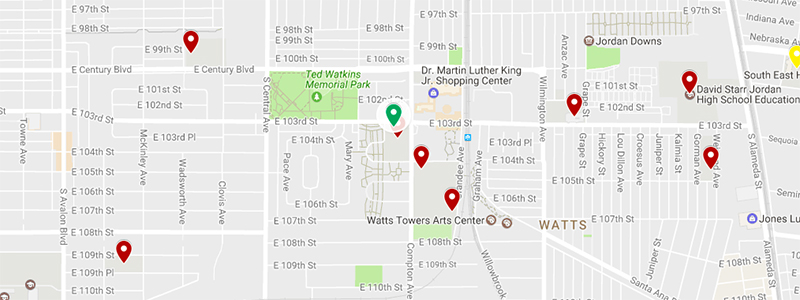Exclusive: How Safe Are LA’s Schools? Interactive Map Compares What Teachers & Students Are Reporting
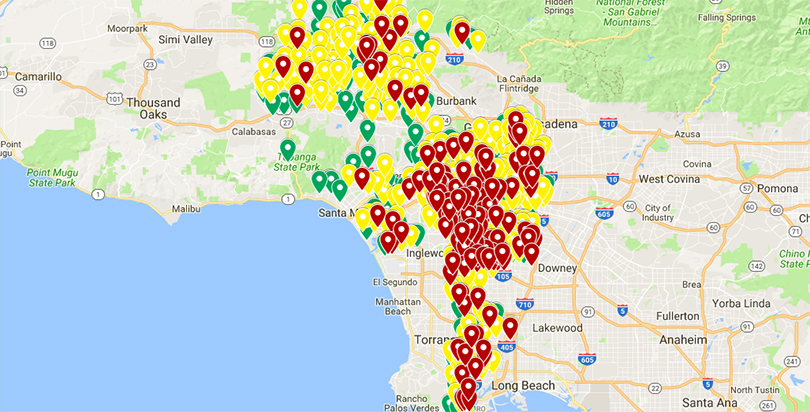
As states rethink school accountability under the Every Student Succeeds Act, policymakers often overlook information that goes to the heart of what might be the most fundamental question for any parent: Does my child feel safe?
Data about the real inner workings of schools, from teacher morale to academic culture to student safety, are rarely rated, and almost never reported.
Los Angeles, however, conducts comprehensive school climate surveys of teachers and students and — unlike almost every other major district — makes the full data set available to the public.
I’ve taken a slice of the data — questions pertaining to school order and safety — and placed it on a Google map so parents can quickly and easily see what students and teachers at their schools are saying. The data reflects responses from 786 district and charter schools across the city that participated in surveys given in the 2015–16 school year, the most recent available. (The district reports having “over 900” traditional public schools as well as 187 charters.)
Here are the city’s elementary and secondary schools, color-coded to reflect the responses to survey questions about school safety; you can scan and zoom below, or click here for a full-screen version that you can search by address or specific school name.
Again, to take stock of the individual survey results, click on the green, yellow. or red pin and see the pop-up window. (Click here for a full breakdown of the methodology behind the map.)
Elementary schools were coded as green/safe where less than 10 percent of students did not report feeling safe most or all of the time; schools where 10 percent to 20 percent of students did not report feeling safe were coded as yellow/somewhat safe; schools where more than 20 percent of students did not report feeling safe were coded as red/less safe.
Secondary schools where less than 25 percent of students did not report feeling safe were coded as green/safe; schools where 25 percent to 40 percent of students did not report feeling safe were coded as yellow/somewhat safe; schools where 40 percent or more of students did not report feeling safe were coded as red/less safe.
For some schools, Los Angeles reports data across several grade spans; in those cases, I averaged each observation.
Schools where students, teachers report being less safe
At Coliseum Elementary, 45 percent of students say they do not feel safe at school and 81 percent say bullying is a significant problem.
Teachers seem to agree that things are not going smoothly — 64 percent say their discipline practices are not effective, and 52 percent say disruptive behavior is a significant problem.
Fewer teachers at Edwin Markham Middle School believe that their discipline practices are effective than just about any other school in LAUSD: A whopping 92 percent say the way they try to handle misbehavior isn’t working. Ninety-two percent of staff also say student disrespect of teachers is a significant problem (70 percent of students admit that).
Students and teachers are also on the same page regarding bullying: 77 percent of teachers and 82 percent of students say it’s a problem. Two-thirds of students at Edwin Markham say they don’t feel safe, and given everything else, it’s unfortunately easy to imagine why.
Safe havens
In general, the differences between neighboring schools in Los Angeles are less striking than in New York City. This may be due in part to policy, or the fact that while a significant majority of charter schools in NYC participate in the climate survey, only a sliver of LA charters do so. It’s entirely possible that charters are offering a safer option for students in LA than in NYC — but unfortunately, there’s no way for parents to know whether that’s true.
City Terrace Elementary School is, according to students and teachers, the safest and most orderly elementary school in East Los Angeles. Only 7 percent of students at City Terrace say they don’t feel safe at school, compared with 22 percent at Robert F. Kennedy Elementary School, 22 percent at Harrison Street Elementary, and 17 percent at William R. Anton Elementary School.
Only 13 percent of teachers at City Terrace believe their discipline system isn’t effective, compared with 20 percent at Robert F. Kennedy, 55 percent at Harrison Street, and 39 percent at William R. Anton.
The dangers in Watts
Some of the most disorderly and dangerous schools in Los Angeles can be found, as sadly may not be a surprise, in Watts. When you hover over the neighborhood, however, there does appear to be one bright spot: Thomas Riley High School. It’s the safest in Watts — and it specializes in serving teenage mothers.
Max Eden is a senior fellow at the Manhattan Institute, specializing in education policy. See a similar breakdown of schools in New York City, and click here to read Max Eden’s analysis of lessons he learned from compiling and mapping these data.
Get the latest news about school climate and school safety, as well as access to new interactive tools that better help parents understand their neighborhood and school district, by signing up for The 74 Newsletter.
Get stories like these delivered straight to your inbox. Sign up for The 74 Newsletter

;)
